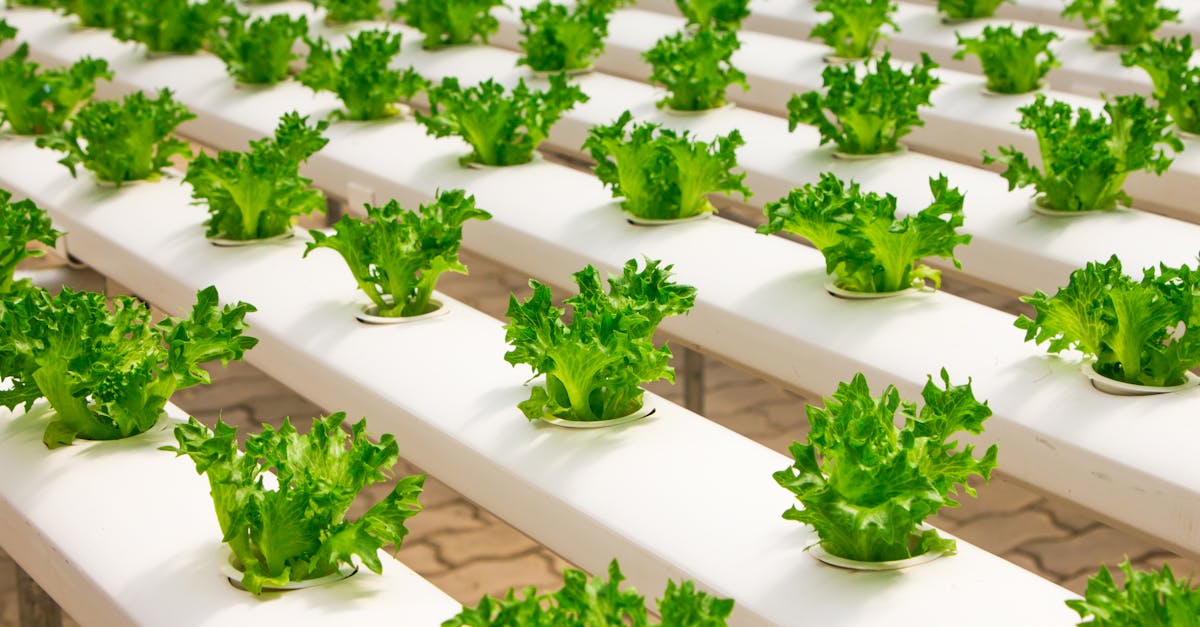Curious about the nutritional powerhouses hiding in your favorite veggies? We’ve got you covered with a full nutrient chart for vegetables.
Jump into this guide to unlock the secrets of vitamins, minerals, and antioxidants packed into every bite.
From leafy greens to vibrant bell peppers, we’ll walk you through the nutritional benefits of each vegetable.
Let’s plunge into a journey to figure out the healthiest ways to fuel our bodies with the goodness of nature’s bounty.
Key Takeaways
- Eating vegetables provides essential vitamins and minerals crucial for overall health and well-being.
- Incorporating vegetables into daily diets reduces the risk of chronic diseases like heart disease and Type 2 diabetes.
- Understanding nutrient charts helps make informed dietary choices based on calories, carbohydrates, and proteins.
- Leafy greens like spinach and kale are rich in nutrients beneficial for blood clotting, vision, and the immune system.
- Vibrant bell peppers offer vitamins like C and A, and are low in calories, promoting skin health and immunity.
- Different vegetables contain various antioxidants that play a vital role in maintaining overall health and fighting oxidative stress.

Why Nutrients in Vegetables Are Important
Eating vegetables provides us with important vitamins and minerals that help keep us healthy. These nutrients play a critical role in supporting our and so well-being. They boost our immune system, aid in digestion, and even improve our skin health. Consuming a variety of vegetables ensures we get a mix of these required nutrients that our bodies need to function properly.
Incorporating vegetables into our daily diet can help reduce the risk of chronic diseases such as heart disease, Type 2 diabetes, and certain types of cancers. They are nutrient-dense foods that offer a wide range of health benefits. By filling our plates with colorful vegetables, we are taking a step towards a healthier lifestyle.
After all, eating healthy doesn’t have to be boring. There are countless delicious ways to enjoy vegetables, from salads to stir-fries. Get creative in the kitchen and investigate different recipes to make the most of these nutritious foods.
For more information on the health benefits of vegetables, check out the Mayo Clinic or the Centers for Disease Control and Prevention websites.
Understanding the Components of a Nutrient Chart
When looking at a nutrient chart for vegetables, it’s important to know what each component represents. Here’s a breakdown to help us better understand:
- Calories: Provides energy for our bodies.
- Carbohydrates: A critical energy source.
- Protein: Important for growth and repair.
We need to know how to read and interpret these charts correctly to make informed choices about our diet. For further information on understanding nutrient charts, visit reputable sources like the Mayo Clinic or the Centers for Disease Control and Prevention websites.

Exploring the Health Benefits of Leafy Greens
When it comes to leafy greens, we hit the jackpot! These veggies are packed with important nutrients that our bodies love. Spinach, for example, is a superstar rich in vitamin K, which helps our blood clot properly. Kale is another MVP, loaded with vitamin A for healthy vision and vitamin C to boost our immune system. Adding lettuce to our salads provides us with fiber for good digestion. With leafy greens, we’re not just eating, we’re fueling our bodies with goodness!
After all, for more information on the benefits of leafy greens, check out the insightful resources available at the Mayo Clinic and the Centers for Disease Control and Prevention websites.
The Nutritional Value of Vibrant Bell Peppers
Bell peppers are not only colorful additions to our meals but also packed with important nutrients. These crunchy vegetables are an excellent source of vitamin C, which boosts our immune system and keeps our skin healthy. They also contain vitamin A, critical for good vision. Additionally, bell peppers are low in calories, making them a great option for those watching their weight. To learn more about the nutritional benefits of bell peppers, visit the Mayo Clinic’s page on bell peppers. After all, adding colorful bell peppers to your diet can bring a host of health benefits.

Comparing the Antioxidant Content of Different Vegetables
When it comes to antioxidants, veggies are packed with them! These powerful compounds help fight oxidative stress and keep our bodies healthy. Let’s take a look at how some popular veggies stack up:
- Spinach is a superstar, loaded with vitamins A and C.
- Kale is not far behind, offering a hefty dose of vitamin K.
- Broccoli is rich in sulforaphane, a potent antioxidant.
- Carrots are known for beta-carotene, a powerful antioxidant supporting eye health.
Want to study deeper into the world of vegetable antioxidants? Check out the USDA’s full guide to antioxidants in vegetables for more insights!
- Why Is My Gardenia Turning Yellow? [Discover the Surprising Causes] - January 1, 2024
- Why Hydroponics Is Bad [Discover the Hidden Risks] - January 1, 2024
- Why Do Gardenia Leaves Turn Yellow [Prevent This Common Mistake] - January 1, 2024
